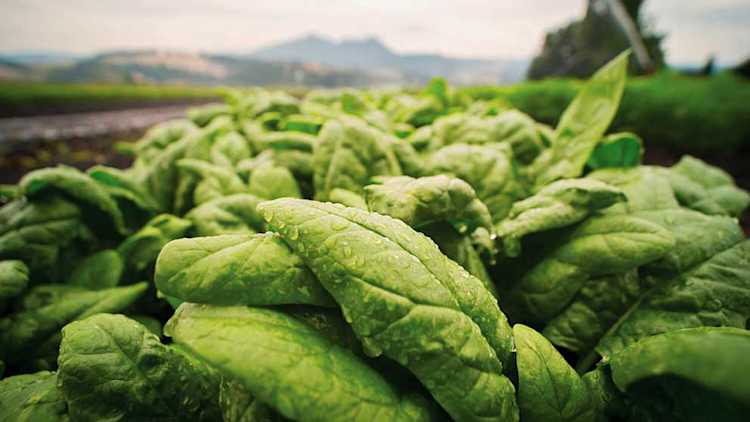4 reasons why fruit and vegetable growers need a cash flow statement

Creating a cash flow statement for your fruit and vegetable operation can be tempting. However, filled with projections and estimates, the uncertainty of some elements of cash flow planning can be an excuse for delay.
FCC's Paul Bateman challenges fruit and vegetable producers to shift their thinking.
Think of a cash flow statement as a tool, not a task.
“Consider a cash flow statement as a foundation or base-case scenario,” Bateman says. “Once complete, you can use it to test infinite scenarios. Think of it as a tool, not a task.”
Here are four reasons why a cash flow statement is a necessary part of a fruit and vegetable farm operation:
1. Cash inflow and outflow variances
Fruit and vegetable crops are labour-intensive, resulting in high labour costs during the growing and harvest season.
“Horticulture crops tend to have higher crop maintenance needs throughout the growing period with more fertilizer and pesticide applications,” explains John Molenhuis, a business analysis and cost of production specialist with Ontario’s Ministry of Agriculture, Food and Agribusiness. As a result, money is going out with little money coming in, which needs careful consideration.
2. Short shelf life
You can’t store your fruit and vegetable crops while waiting for better prices. Most of the crops are perishable with limited shelf life or storage life.
“They are marketed shortly after harvest, so most of the cash inflows occur shortly after a particular crop is harvested,” Molenhuis says. The timing of these sales can help in arranging things like loan repayment schedules.”
3. Delayed crop establishment
Many horticulture crops have long establishment periods before reaching full production. That creates a unique cash flow situation, as growers could have five to 10 years of cash outflow with very little cash inflow before their crops are fully productive, Molenhuis points out.
“Knowing when the crop starts production with at least partial yields and when they will be in full production are important in cashflow planning,” he says.
From a cash flow perspective, knowing how much of the operation is in these establishment years is important.
“Some growers will manage cashflow by staggering new crop establishment over time, such as replanting only five or 10% of their acres each year so the producing acres can help cashflow those acres in the establishment years,” Molenhuis says.
Some growers also plan to produce early, mid- and late-season harvested crops to create a more even cash inflow through the season.
4. Plans for change
Whether you’re acquiring more land, increasing production, or undertaking a major expansion or construction project, there will often be a lag between increased revenues and the costs associated with achieving that point.
“It’s easy to find yourself tight or short on cash during the transition period,” Bateman says, adding that a cash flow statement can help with planning during this period.
Overall, a cash flow statement can identify the timing and severity of troughs in a farm business and help manage the reduced income during downtimes.
Article by: Richard Kamchen
